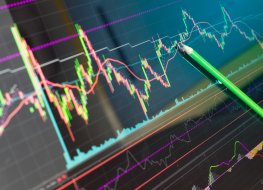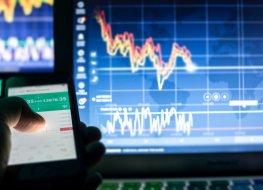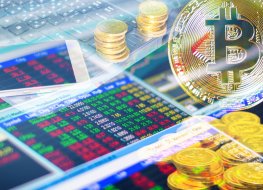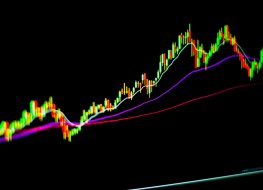
Norway and Sweden are regularly lauded as economic and social super-models. Free market capitalism and a generously backed welfare state? Tick. A commitment to private ownership and a robust public sector? Tick. Strong growth balanced by high levels of redistribution? Tick again.

Blockchain is one of those words you hear all the time but not always entirely sure what it is. We all want blockchain technology explained. So here goes: In simple terms Blockchain is a digital ledger that can be programmed to record not just financial transactions but virtually everything of value.

An overnight funding adjustment is an interest charge we have to make when you hold a leveraged position open overnight.

Traders use the descending triangle chart pattern to help capture shorting opportunities. While generally categorised as a bearish pattern, the descending triangle is typically a continuation formation. It can also be observed as a reversal pattern following a pronounced upward price trend.

How do you regulate the most hyped, chaotic asset class ever seen?

The world has gone crypto, it’s time to keep up with times or risk being left behind. New technology breeds new terminology, so let’s get to grips with the top 27 crypto terms to get you started.

The ZigZag indicator is a technical analysis tool that can be used to identify classic charting patterns in trading. It is designed to highlight important trends and confirm possible price reversals. It eliminates price noise that is not significant for the trader's analysis.

Before you trade, read. There are plenty of gurus and must-read sources. Here are just a few important books to whet your appetite. Remember: knowledge is power – in markets too.

Spread betting firms fell under the spotlight on Tuesday when the European Securities and Markets Authority (ESMA) announced plans to ban ‘binary’ options sales to retail clients and restrict the sales of Contract for Differences (CFDs).

Thanks to the internet there are myriad ways to trade these days, from investing in traditional stocks and shares to buying the current favourite, cryptocurrencies.

In the fluid and ever-changing world of financial markets, one small corner finds a seething cauldron of bubbling activity that is cryptocurrency trade.

Until 2017 cryptocurrencies weren’t really on most people’s radar, but then bitcoin hit the headlines.

Whatever your long-term investment aims, it’s essential to have a trading plan to help you stick to the straight and narrow.

Bitcoin’s recent brutal tumble below $10,000 sharpened many minds on crypto valuations

